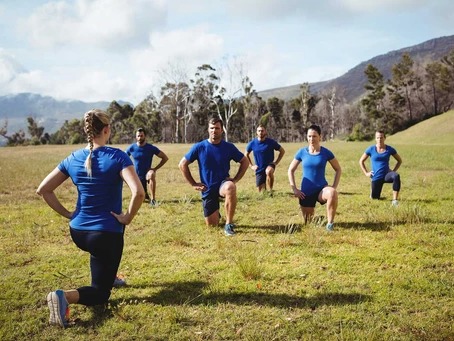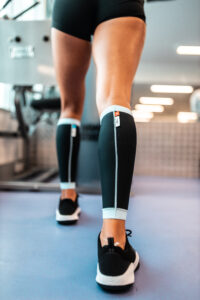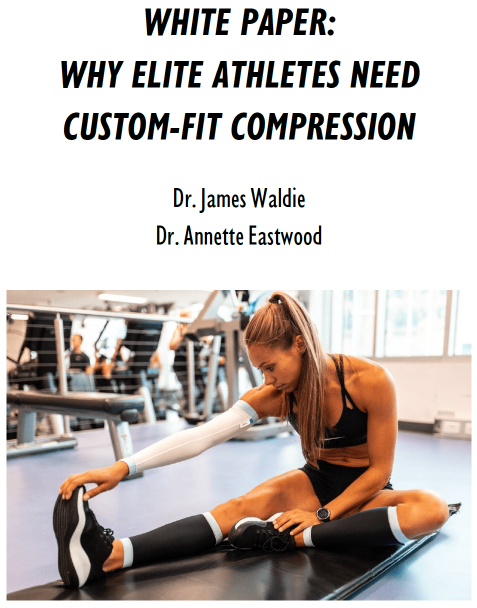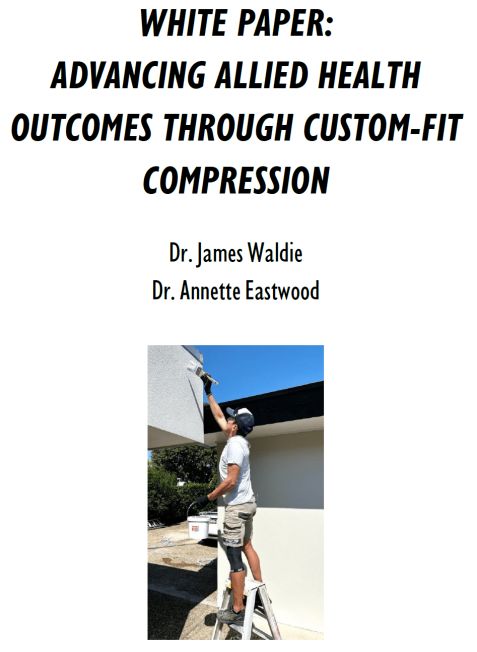With the start of a new year and a new season approaching, many teams are looking at ways to optimise athlete performance and recovery. Research has shown that compression garments can have a beneficial effect on performance and optimise athlete recovery, however ensuring optimal fit is essential for achieving the benefits from these garments. It has been shown that poorly fitting garments can have a negligible or possibly a detrimental effect on performance (Wannop, et al., 2016), which highlights the importance of having garments that are custom fitted to the individual athlete.
Unlike off the shelf compression garments which are fitted to the athlete based solely on measure of height and weight, CAPE provide medical grade custom fitted compression garments for athletes based on a 3D scan. This ensures that each athlete receives a garment that is tailor made to their individual measurements. This is particularly important considering the differences in body shapes and sizes amongst athletes, even within the same sport!
The amount of pressure exerted on the body by compression garments, depends on the size of the garments and the compression regime. Therefore customised garments are necessary for optimising the physiological benefits associated with compression. Not only is customised fit important, compression garments also need to be specifically tailored to their purpose. CAPE provide compression garments for performance, recovery, travel and rehabilitation all with different compression regimes, aimed at maximising the benefits from these garments in different situations.
The use of customised compression wear for elite athletes is supported by current research. A recent study comparing medical grade and sports compression wear states that; the only true method of ensuring correct fit and pressure profile, is to create customised compression garments, designed for the body shape and composition of the individual (Brophy Williams, et al., 2020).
In a recent interview with Dr Ian McKeown (Head of High Performance at Port Adelaide Football Club), regarding their use of CAPE compression garments during the 2020 AFL season, Ian highlighted the importance of custom fitted compression garments for athletes:
“If you go into any training environment with an AFL team or NRL team or any professional sport, the players are all shapes and sizes, they don’t all fit into small, medium or large. We’ve got players that are over 200 centimetres and barely 100 kg, they would be an XL or an XXL in any other compression brand, and that’s the same as 140kg guy playing Rugby League! They are just completely different shapes and sizes, completely different girths, just absolutely so different! So I think that if we have the opportunity, we should absolutely be making tailored garments for them, it just makes so much sense.”
REFERENCES:
1. Brophy-Williams, James W. Fell, Shona L. Halson, Cecilia M. Kitic & Matthew W. Driller (2020): Pressure gradient differences between medical grade and sports compression socks, The Journal of The Textile Institute, DOI: 10.1080/00405000.2020.1730664
2. Wannop JW, Worobets JT, Madden R, Stefanyshyn DJ. (2016) Influence of Compression and Stiffness Apparel on Vertical Jump Performance. J Strength Cond Res. 30(4):1093-101.





